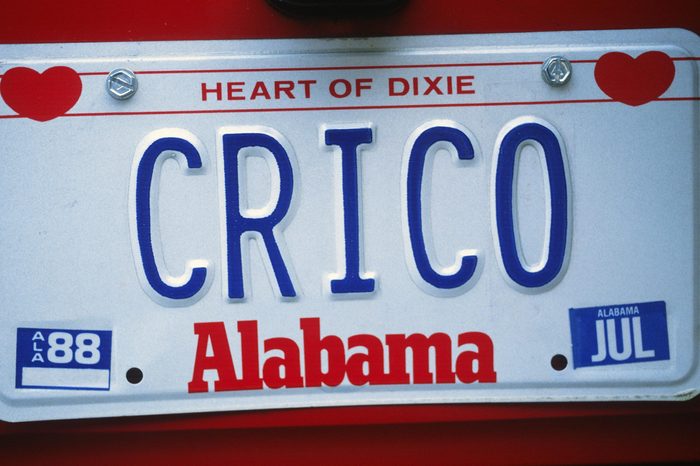
Alabama: The Heart of Dixie
Although Alabama doesn’t have an official nickname, the nickname that’s most commonly used is “The Heart of Dixie,” according to the Alabama state archives. That phrase has appeared on state automobile license plates since the 1950s, although in 2002, the term, “Stars Fell on Alabama,” which refers to a famous meteor shower over Alabama in 1833, also found its way on to license plates. Each state has not only a nickname, but a motto too! You can learn every state’s motto here.
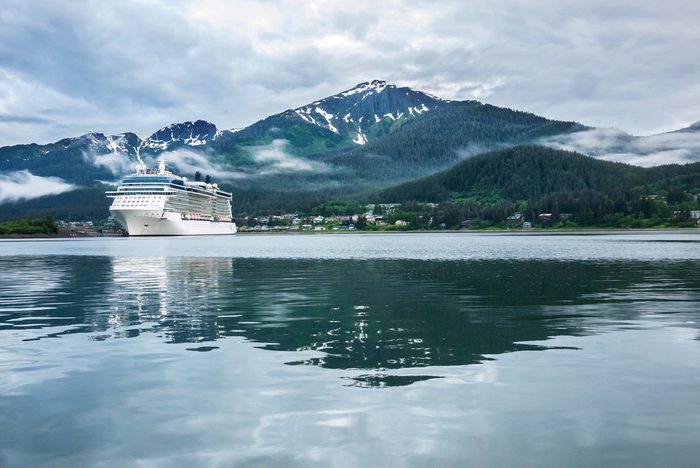
Alaska: The Last Frontier
Because of its great abundance of unsettled land, Alaska earned the nickname “The Last Frontier.” Its official motto, according to Alaska’s official website is “North to the Future,” while the name “Alaska,” itself derives the Aleut word “aleyska,” meaning “great land.”
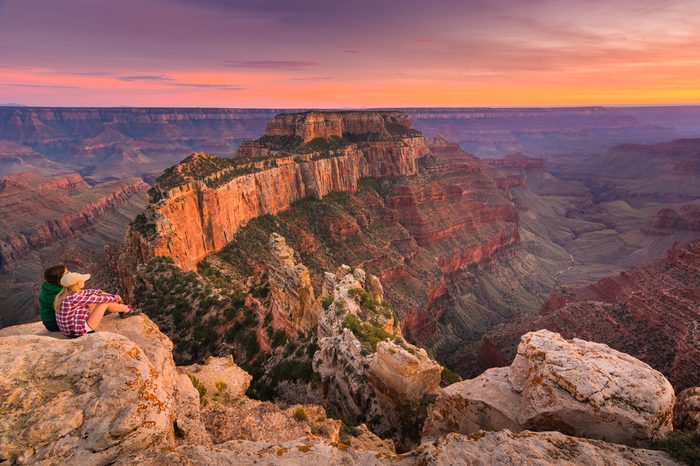
Arizona: The Grand Canyon State
There’s no explanation needed as to how Arizona got its nickname; it’s proud—and rightly so—of being the home of most of the Grand Canyon, according to Arizona’s state library. Grand Canyon National Park is one of our nation’s very first national parks. While everyone knows the Grand Canyon, few people have been to these practically secret national parks.
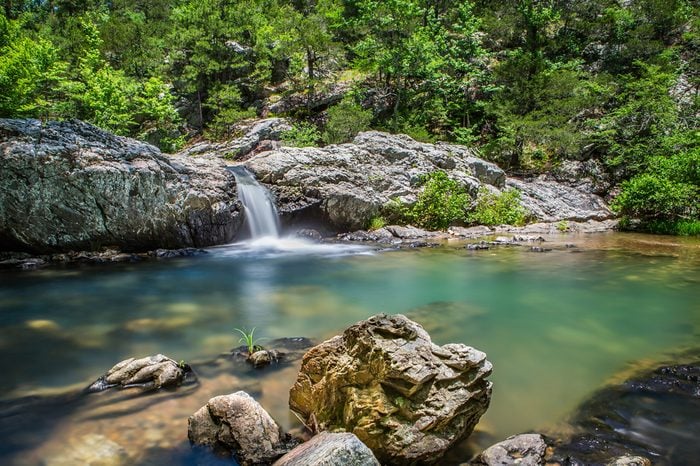
Arkansas: The Natural State
“The Natural State,” was officially adopted as the state’s nickname by the Arkansas state legislature in 1995 after lobbying by the Arkansas parks system (which consists of three national forests, five national parks, and 52 state parks). The nickname replaced the former, “Land of Opportunity.”
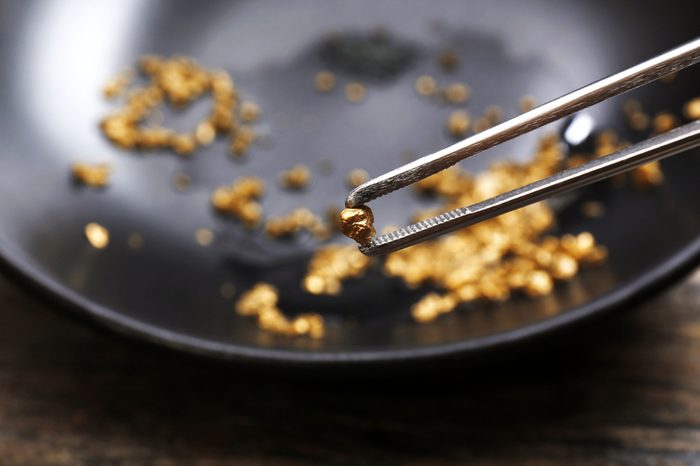
California: The Golden State
California has officially been known as “The Golden State” since 1968, according to the California Senate‘s website. The name refers to the fact that “California’s development and remarkable prosperity began with the discovery of gold” and the California Gold Rush that began in 1848. In fact, “Eureka” has been the official state motto since 1963.
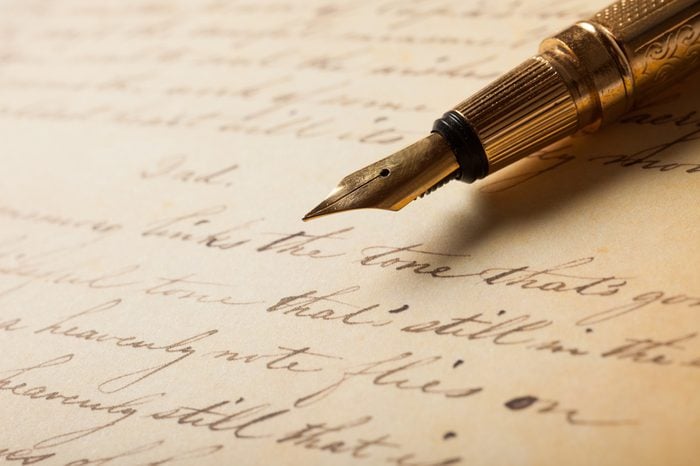
Colorado: The Centennial State
Although some Spanish speakers dispute this, the name “Colorado” “has its origin in the Spanish language, as the word for colored red,” according to Colorado’s state government, which chose the name in 1861 when Colorado became a territory. Its nickname became “The Centennial State” because the territory became a state in our nation’s Centennial Year (1876), 100 years after the Declaration of Independence was signed.
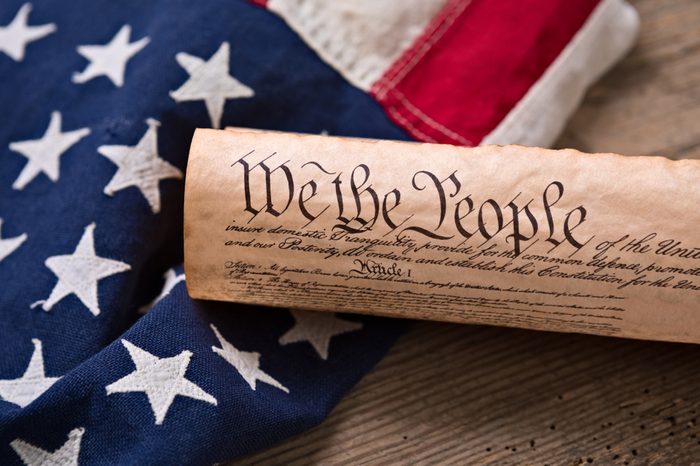
Connecticut: The Constitution State
Connecticut was designated the Constitution State by the General Assembly in 1959, according to the Connecticut State Library. According to the site, “as early as the 19th Century, John Fiske, a popular historian from Connecticut, made the claim that the Fundamental Orders of 1638/1639 were the first written constitution in history.”
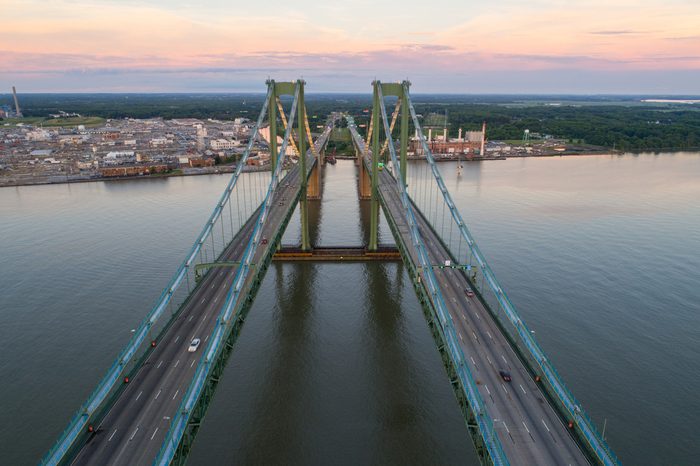
Delaware: The First State
On December 7, 1787, Delaware was the first of the 13 colonies to ratify the U.S. Constitution, and it has been known as “The First State” ever since. It didn’t become its official nickname until May 23, 2002, following a request by Mrs. Anabelle O’Malley’s First Grade Class at Mt. Pleasant Elementary School in Wilmington.
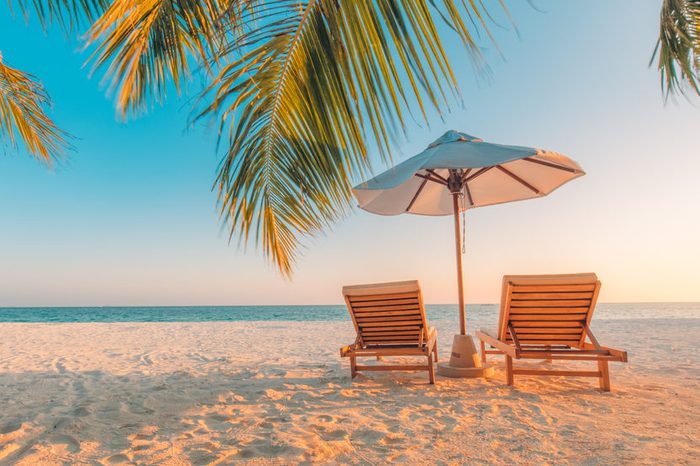
Florida: The Sunshine State
Florida has been known officially as “The Sunshine State” since 1970 when the state legislature adopted the nickname, but it had already been informally referred to as The Sunshine State because of its balmy climate, according to History.com. The site shares that the name “Florida” came from the “Pascual Florida,” or “Feast of Flowers,” a Spanish celebration. Find out how every state got its name.
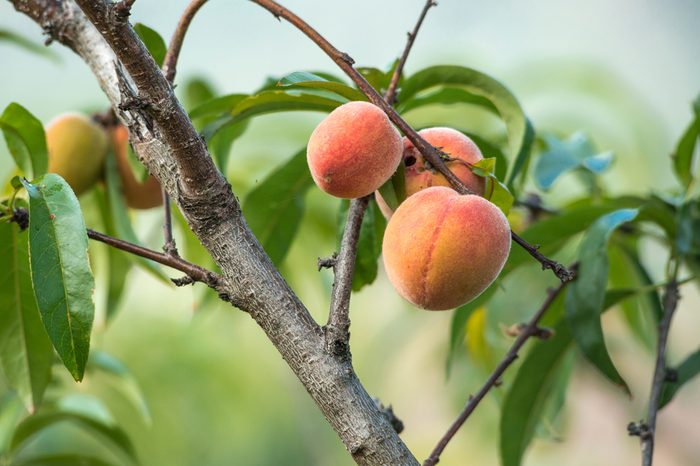
Georgia: The Peach State
Georgia got its name from King George II, who was king of Britain when Europeans first settled in the colony in 1733, according to the Georgia state government. The nickname is a reference to Georgia’s abundance of peach trees, the peach is also the state fruit, you’ll find any number of Peachtree Streets throughout the state, and even a peachtree water tower, which made our list of the strangest roadside attractions by state.
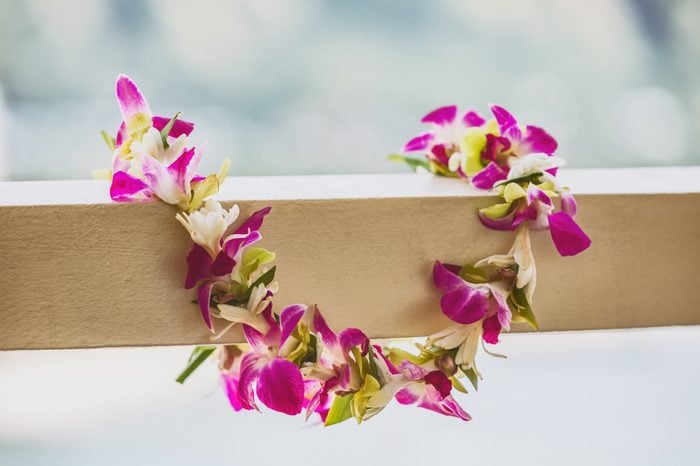
Hawaii: The Aloha State
Hawaii has been referring to itself as “The Aloha State” since 1959 when the state legislature voted to make that the state’s official nickname. The word “aloha” means “hello” and “goodbye” and is one of the most commonly used words in the native Hawaiin language.
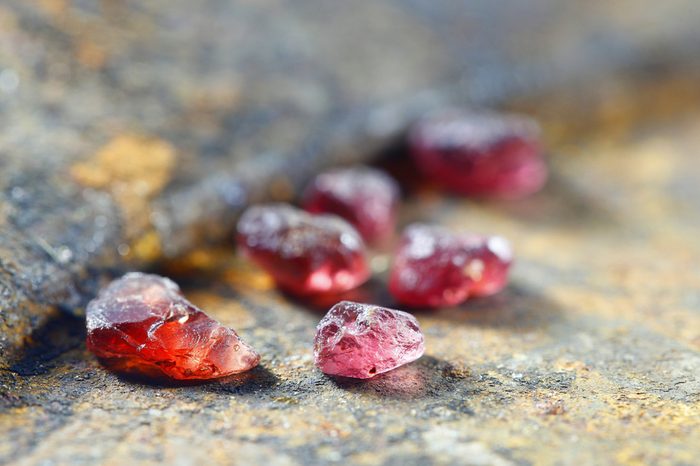
Idaho: The Gem State
The name “Idaho” was originally believed to be a Native American Shoshone word for “Gem of the Mountain,” which seemed appropriate because of the land’s vast natural resources, including gemstones like star garnets, opals, and jade. Although it turned out that “Idaho” was not a Shoshone word at all, the nickname stuck. Check out these funny town names—there’s one in every state.
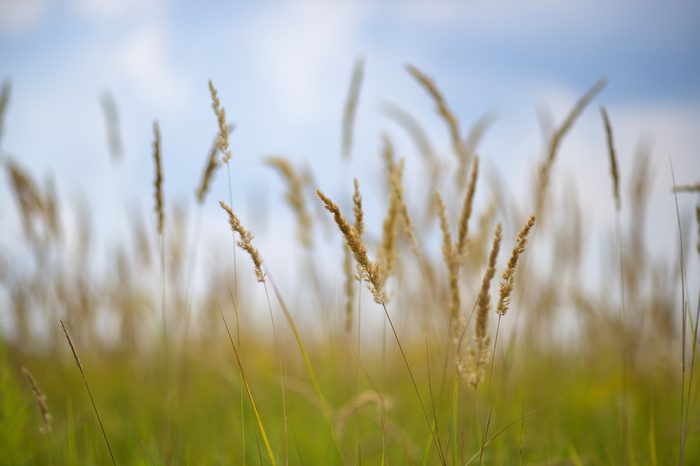
Illinois: The Prairie State
Illinois has been known as “The Prairie State” since at least 1842, but in recent years, there’s been a grassroots push to change that to “The Land of Lincoln,” which is the name that appears on “Welcome to Illinois” signs along interstate highways. Critics of the nickname “The Prairie State” argue that “Prairie” doesn’t do much to distinguish Illinois from other states with vast amounts of flat grassy land, including the Dakotas, Nebraska, and Kansas.

Indiana: The Hoosier State
This nickname came into general usage in the 1930s, according to the Indiana State Library, as a result of John Finley’s poem, “The Hoosier’s Nest,” which was published in the Indianapolis Journal, on New Year’s Day 1833. A few days later, on January 8, 1833, at the Jackson Day dinner at Indianapolis, a prominent Indianian toasted “The Hoosier State of Indiana.” The name stuck—although the original spelling of “Hoosher” did not.
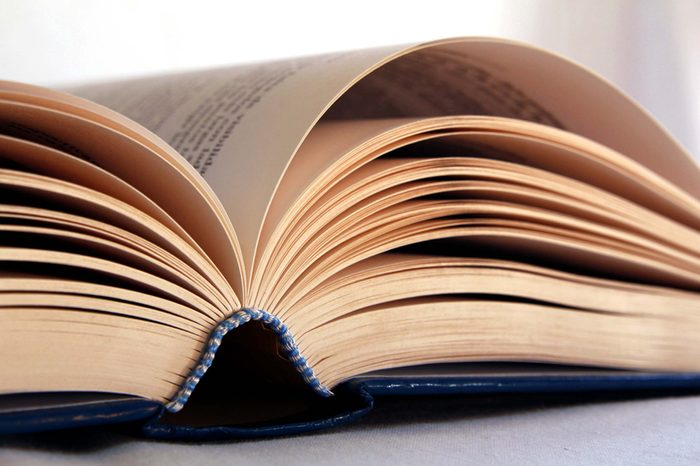
Iowa: The Hawkeye State
The nickname, “The Hawkeye State” is believed to have come from the name of a character in a James Fenimore Cooper novel, The Last of the Mohicans, published in 1826. Two men who were promoting the state pushed the name into popularity, the story goes, and the nickname was approved as official in 1838, eight years before Iowa became a state. Because of the state’s vast corn farmland, it’s also occasionally known as the “Corn State.”
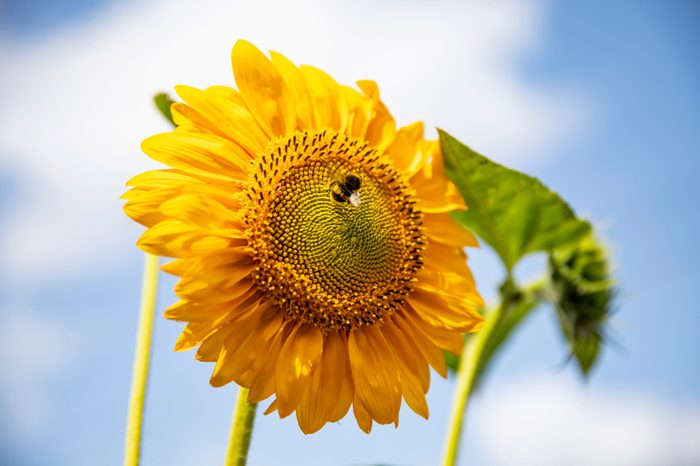
Kansas: The Sunflower State
“The state of Kansas has been known by a number of different nicknames,” writes the Kansas Historical Society, but the “most popular is the Sunflower state. The native wild sunflower grows around the state and was named the official flower in 1903.” Here are the U.S. state facts that virtually everyone gets wrong.
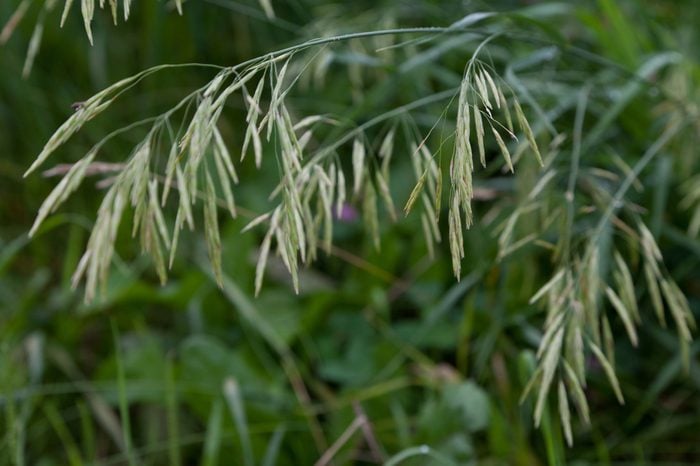
Kentucky: The Bluegrass State
When settlers were coming to Kentucky, they were welcomed by field after field of tall grass with a blue cast. They called it bluegrass, although when it’s cut short (or sheered off from animals feeding on it), it doesn’t look blue at all. Still, the early pioneers sold the seeds as “bluegrass from Kentucky,” and over time, the state came to be known as “The Bluegrass State.”
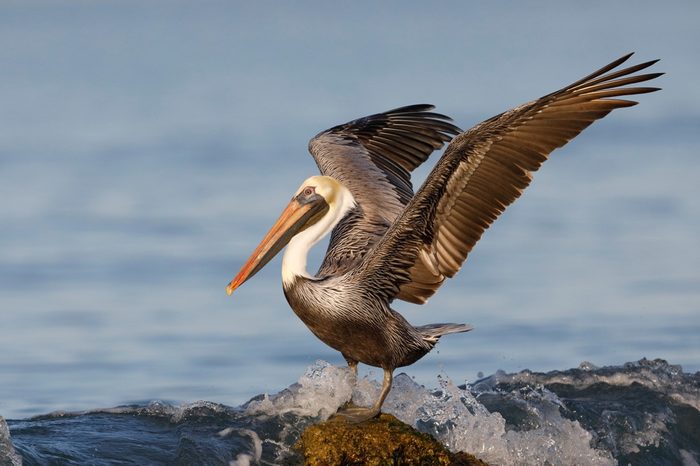
Louisiana: The Pelican State
Louisiana is very into their brown pelicans, which are unique to the state. Not only is the bird on the state flag and seal (shown as a mom with three chicks in a nest), its the reason for its nickname. Test your knowledge of state flags: can you match the state to its flag in this quiz?
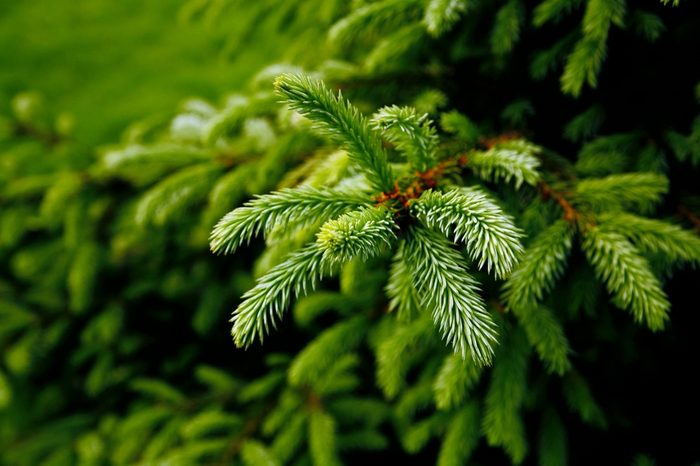
Maine: The Pine Tree State
Maine’s official tree is the White Pine, its state flower is the white pine cone, and its official nickname is “The Pine Tree State,” according to Maine’s state government. With 17 million acres of forests, trees, and pine trees, in particular, figure heavily into Maine’s cultural identity.
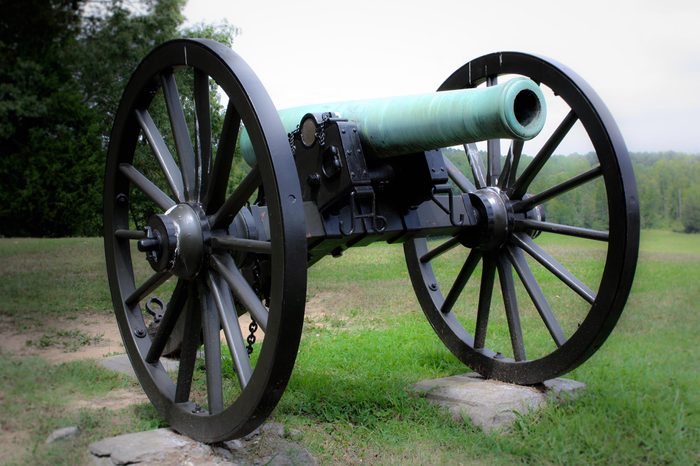
Maryland: The Old Line State
According to the Maryland government, the nickname “The Old Line State” was bestowed by then General George Washington for its courageous line troops who served in the Revolutionary War. Maryland is sometimes known as “The Free State,” which refers to its having abolished slavery on November 1, 1864, via its state constitution.

Massachusetts: The Bay State
The winding coast of Massachusetts and its five bays, including the Massachusetts Bay, Quincy Bay, Narragansett Bay, Buzzards Bay, and Cape Cod Bay, is what gave rise to Massachusetts’s nickname, the Bay State, according to Brittanica. “Bay” was even part of its original name, when in 1629, colonists developing the area dubbed it the “Massachusetts Bay Colony.” The “Bay Colony” was dropped in 1788 with the passage of the constitution of the Commonwealth of Massachusetts.
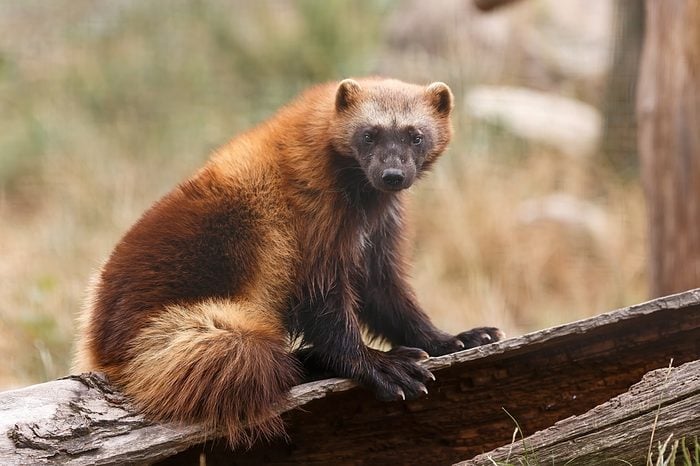
Michigan: The Wolverine State
According to the website All About Michigan, the most popular origin story for the state nickname is that during the 1835 Toledo War between Michigan and Ohio, Ohioans called Michiganians “wolverines” because they fought with such stubbornness, which wolverines are known for. It also helps to reinforce the nickname that the University of Michigan adopted the wolverine as its mascot.
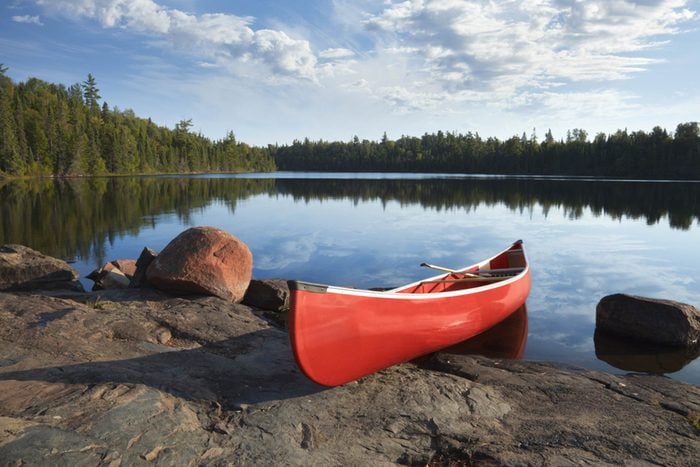
Minnesota: The Land of 10,000 Lakes
Although the state is nicknamed “The Land of 10,000 Lakes,” it actually has 11,842, shares Explore Minnesota. We guess 10,000 was easier to remember! Its state motto is “L’etoile du nord,” which is French for “North Star,” another nickname of the state.
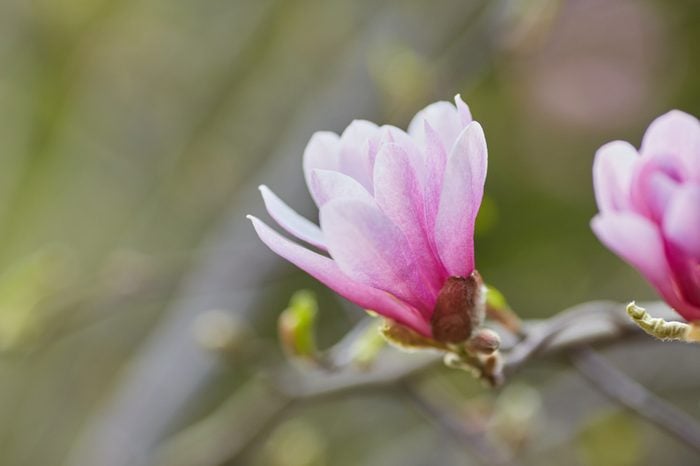
Mississippi: The Magnolia State
The magnolia was voted the state’s favorite flower and tree by school children in 1900 and 1935 respectively (both votes were later made official by the state’s legislature), it’s no surprise that the fragrant flower also gave rise to the state’s nickname. Check out these 50 astonishing facts about the 50 states of America.
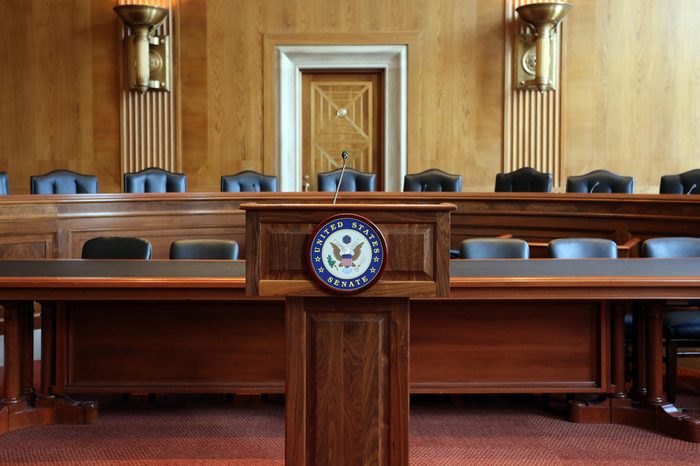
Missouri: The Show Me State
Missouri’s nickname, “The Show Me State” is not official, but it’s in wide use and has a colorful origin story: At an 1899 naval banquet in Philadelphia, Missouri Congressman Willard Duncan Vandiver stated, “frothy eloquence neither convinces nor satisfies me. I am from Missouri. You have got to show me.” Even with other competing origin stories, the nickname has stuck and today refers to the “stalwart, conservative, noncredulous character of Missourians.”

Montana: The Treasure State
Montana’s nickname, “The Treasure State,” refers to its rich mineral reserves, and specifically, its gold and silver mines, according to History. In fact, its state motto is “Oro y Plata” (Spanish for “gold and silver”). Learn the U.S. trivia your teacher never told you.
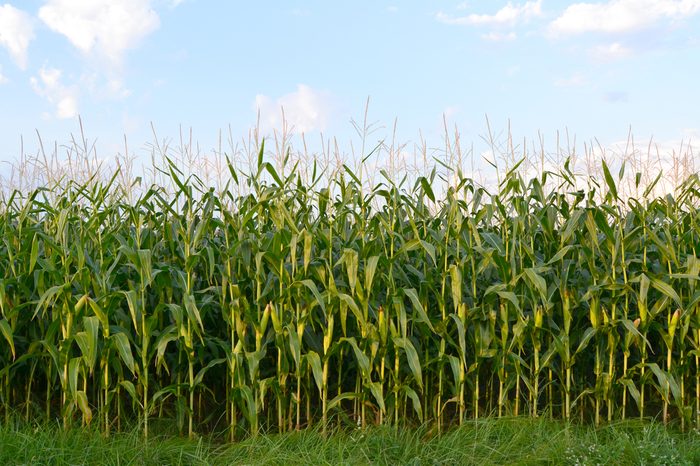
Nebraska: The Cornhusker State
Corn is a major crop in Nebraska, and the University of Nebraska athletic teams have been known as the “Cornhuskers” since sportswriter Charles Sumner Sherman popularized the phrase in 1899. In tribute to both, Nebraska adopted “The Cornhusker State” as its official nickname in 1945. Find out why when it comes to funny street names, Nebraska’s got every other state beat by a “half.”
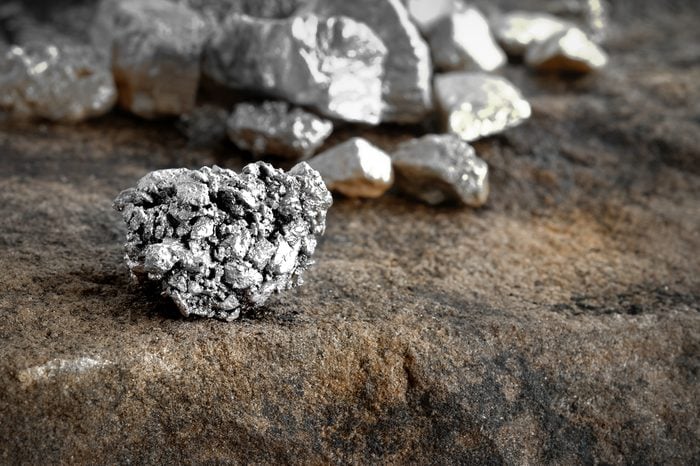
Nevada: The Silver State
Nevada has had a number of state nicknames along with “The Silver State,” including “The Sagebrush State” and “The Battle-Born State,” but The Silver State is the one that appears on Nevada license plates. The nickname derives from Nevada’s large silver mine industry, which dates back to when it was still part of what was then the Utah Territory.
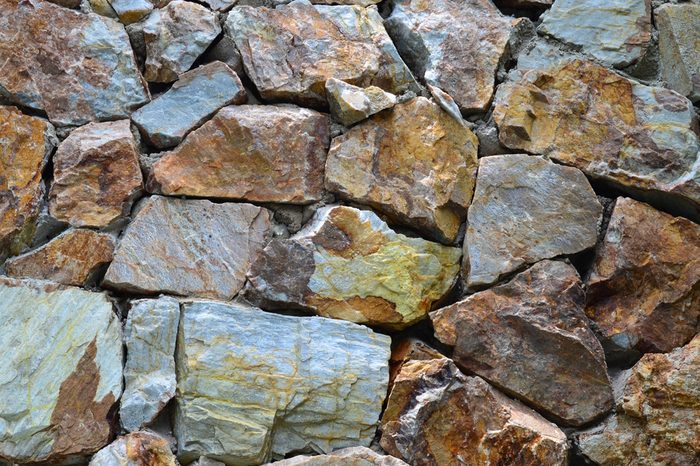
New Hampshire: The Granite State
New Hampshire has four state nicknames, according to the state government, but “The Granite State,” for its large quantities of the stone, is the one by which it’s most commonly known. The others are:
- Mother of Rivers: for the rivers of New England that originate in the New Hampshire mountains
- White Mountain State: for New Hampshire’s White Mountains
- Switzerland of America: for its beautiful alpine scenery
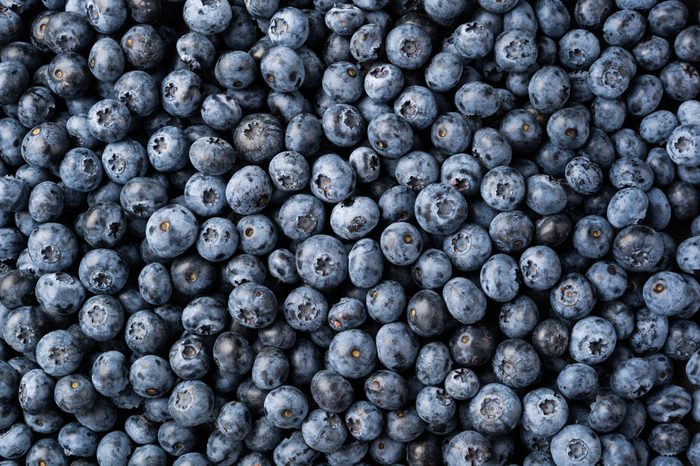
New Jersey: The Garden State
“While most people associate agriculture with our nation’s heartland, New Jersey is home to more than 9,071 farms covering 715,057 acres of farmland,” according to the state’s government. The state is one of the biggest growers of blueberries, cranberries, spinach, bell peppers, and peaches in the country. The nickname “The Garden State” came from a speech by Abraham Browning in 1876, and was made official in 1954 by an act of state legislature.
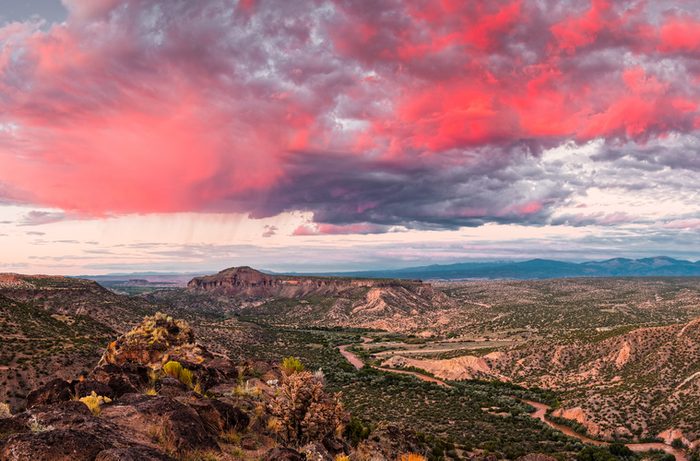
New Mexico: The Land of Enchantment
This nickname, which refers to New Mexico’s almost “magical” beauty and is the title of a book by Lilian Whiting, is one of many New Mexico tried out before settling on its official nickname in 1999. Previous state nicknames included “The Land of the Heart’s Desire,” “The Land Without Law,” “The Science State,” “The Space State,” “The Atomic State,” and many more, according to NewMexi.co. New Mexico even tried to market itself as “The Sunshine State” but Florida beat them to the punch and officially took the name for itself in 1934. Find out the small towns in every state known for the weirdest things.
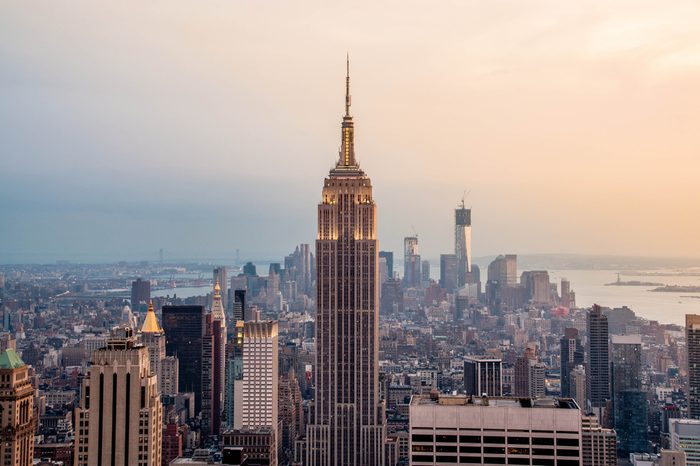
New York: The Empire State
New York has been known as “The Empire State” for so long that the origins of the nickname aren’t certain. However, the New York Historical Society attributes it to George Washington, who in a 1785 letter to the New York Common Council, praised New York’s resilience in the Revolutionary War and described New York as “the Seat of the Empire.”
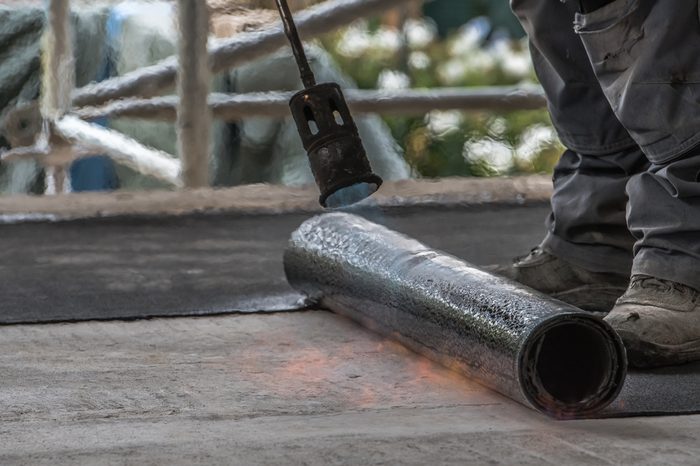
North Carolina: The Tar Heel State
While the term’s exact origins are debated, what is agreed upon is that North Carolina was the largest producer of naval stores—including, tar, pitch, rosin, and turpentine—from 1720 to 1870. One theory about the nickname itself is that Confederate General Robert E. Lee coined the phrase “the Tar Heel Boys,” which the “Tar Heel State” derives from.
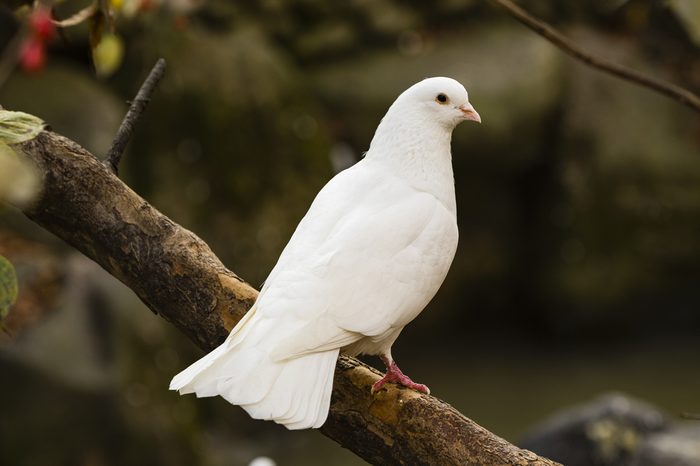
North Dakota: The Peace Garden State
The International Peace Garden straddles the boundary between North Dakota and the Canadian province of Manitoba. In 1956 the North Dakota Motor Vehicle Department placed the words “Peace Garden State” on license plates, and it proved so popular, the North Dakota legislature adopted it as the official nickname a year later. It’s also unofficially known as “The Flickertail State” and “The Roughrider State.”
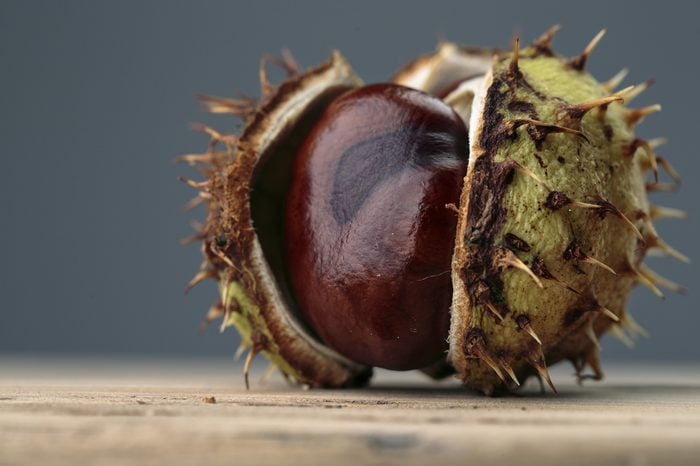
Ohio: The Buckeye State
Ohio’s nickname, “The Buckeye State” comes from all the Ohio Buckeye trees within the state’s borders, according to the Ohio History Connection. Ohioans began referring to themselves as Buckeyes at least since the presidential election of 1840, which state resident William Henry Harrison won. Harrison’s supporters carved campaign souvenirs out of buckeye wood to illustrate their support for their native son. (Sadly, he died 31 days into his presidency of pneumonia.) In 1953, the Ohio legislature designated the Aesculus glabra, or the Ohio Buckeye, as Ohio’s official state tree.
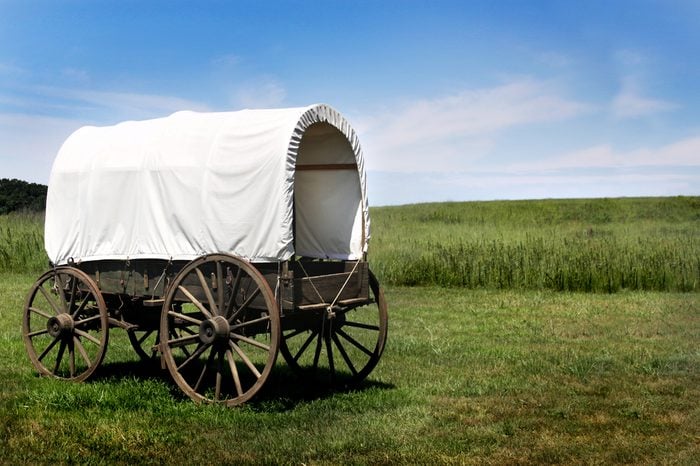
Oklahoma: The Sooner State
In 1889, when the “Indian Territory” of which Oklahoma was a part, was opened to settlers, thousands lined up and raced into the territory to claim their land. But some snuck into the land that’s now Oklahoma before the designated start time; these early squatters were known as the “Sooners.” The word that came to symbolize “an energetic, can-do spirit, soon was embraced as a nickname for the entire state,” according to History.
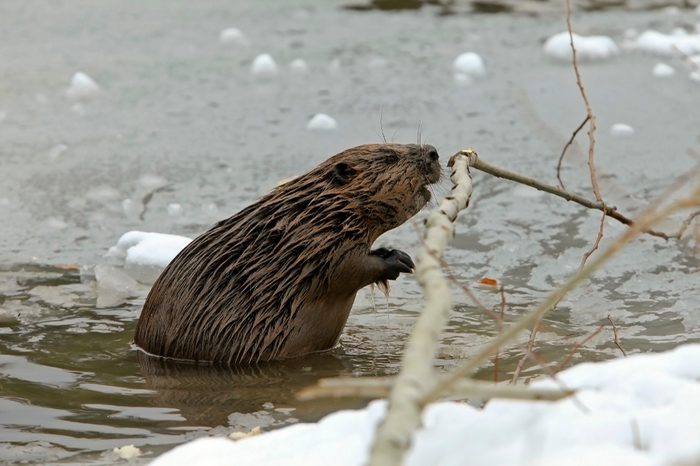
Oregon: The Beaver State
Known as “nature’s engineer” the “beaver’s dam-building activities are important to natural water flow and erosion control,” according to the Oregon Secretary of State. Beaver fur was prized in the 19th century and the beaver is also featured on the reverse side of the Oregon state flag. Find out the most historical hotel in every state.

Pennsylvania: The Keystone State
Like a keystone in an arch that provides support for the pieces around it, Pennsylvania supports its neighbors, shares the Farmer’s Almanac. “Geographically, Pennsylvania’s central location along the arch of the 13 original states calls to mind a keystone. Politically, Pennsylvania played a vital role in holding together the states of the newly formed Union.”
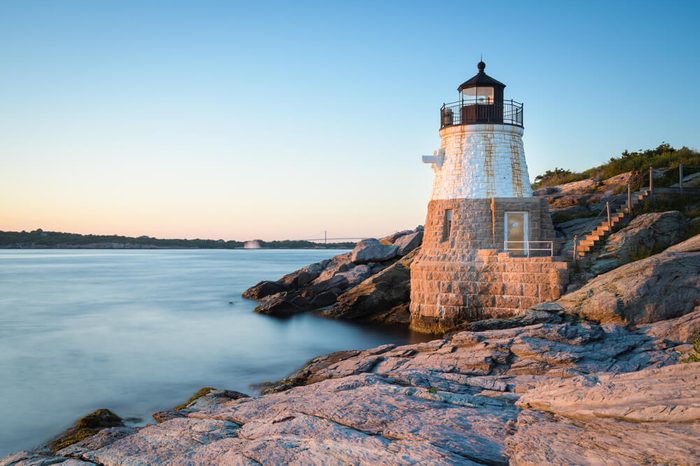
Rhode Island: The Ocean State
Rhode Island refers to itself as “The Ocean State” to promote tourism to its beaches. “For a state that is only 37 miles wide and 48 miles long, it is notable that its shoreline on Narragansett Bay in the Atlantic Ocean runs for 400 miles,” notes the state government.
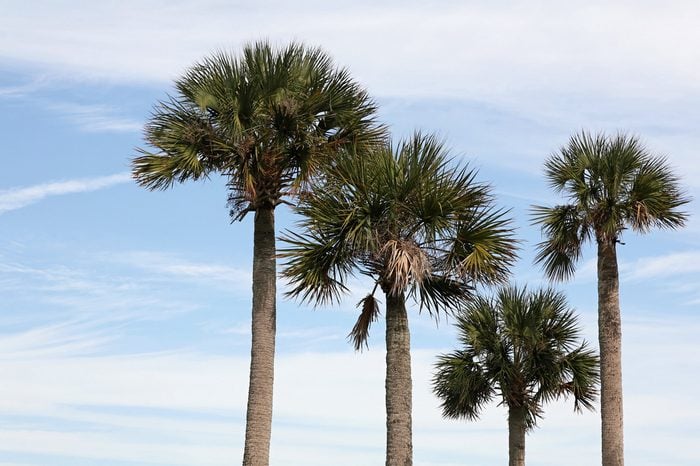
South Carolina: The Palmetto State
South Carolina has good reason to honor the Palmetto tree; during the colonists’ conflicts with the British in 1775, it is said that the British cannonballs “bounced off” their fort that was made of palmetto logs, shares Brittanica. The Palmetto tree is the state’s official, it appears prominently on its flag, and it’s the state’s nickname. Here are the most difficult-to-pronounce places in every single state.
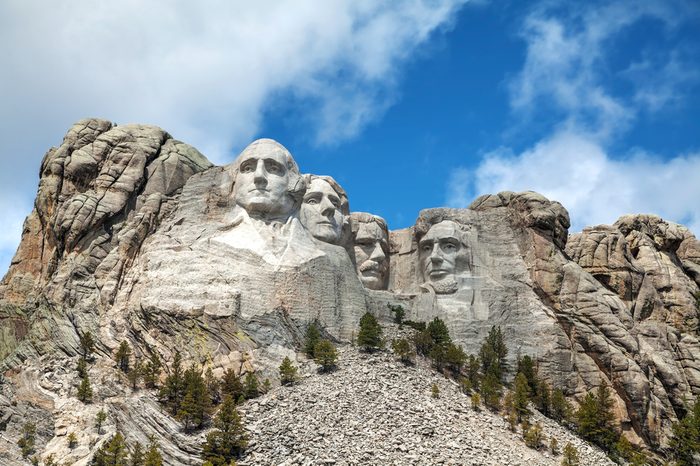
South Dakota: The Mount Rushmore State
When you think about South Dakota, the first thing that likely comes to mind is Mount Rushmore, the monument to George Washington, Thomas Jefferson, Theodore Roosevelt, and Abraham Lincoln. So naturally, its nickname is “The Mount Rushmore State.” Did you know that Mount Rushmore’s hiding a secret? So are all these famous monuments.
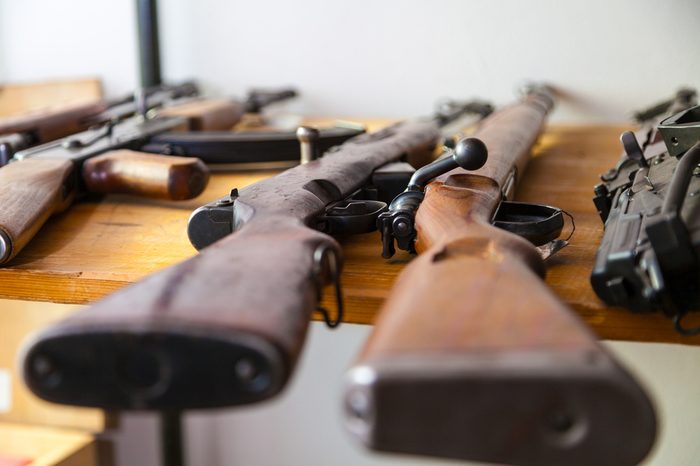
Tennessee: The Volunteer State
Tennesee’s nickname, “The Volunteer State” is a tribute to its volunteer soldiers, that much is clear. But whether it dates back to the War of 1812, when volunteer soldiers from Tennessee displayed great valor in the Battle of New Orleans, or whether it dates back to the Mexican-American War during the late 1840s, when 30,000 Tennesseeans showed up to fight when the government had put out a call for 2,600, is still up for grabs, according to Appalachian Magazine.
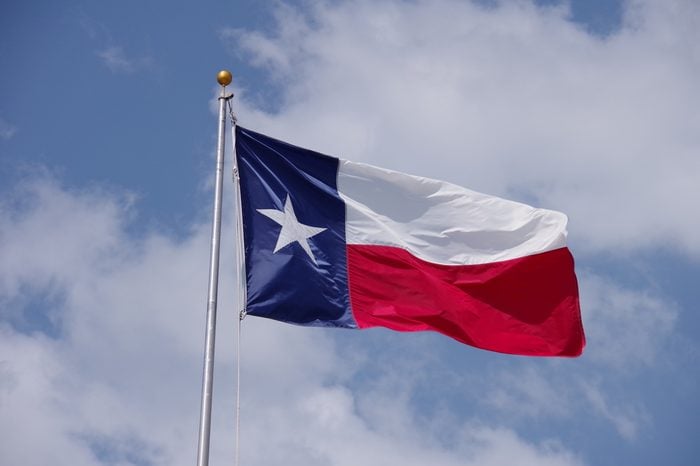
Texas: The Lone Star State
There are a number of theories about how Texas came to be “the Lone Star State,” but one thing is certain: by 1839, Texas’ state flag depicted a lone star on it. A popular theory has to do with the state’s pride in having fought against Mexico to win its independence. The flag’s colors, blood red, azure blue, and white, represent bravery, loyalty, and purity, according to the Texas State Historical Association.
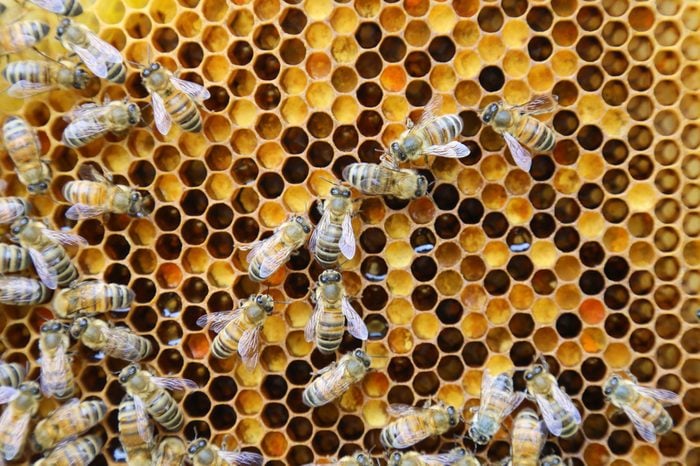
Utah: The Beehive State
The Beehive is an important symbol in Utah, which is known as “The Beehive State,” after its official state emblem, the Beehive. Salt Lake Magazine notes that this has nothing to do with actual bees and everything to do with ancient symbolism and the Bible, which refers to “the promised land” as “the land of milk and honey.”
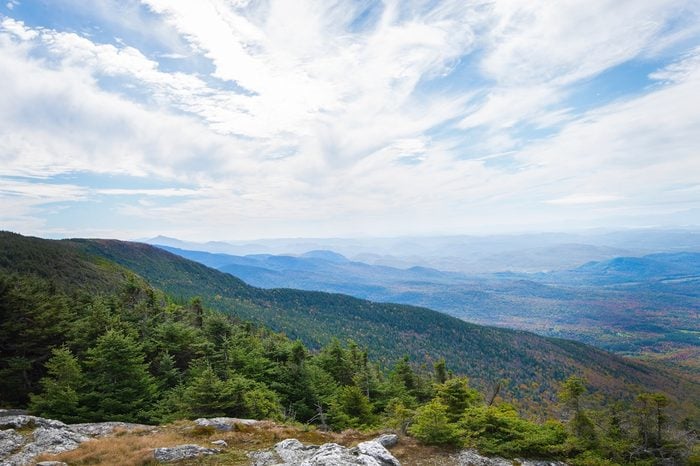
Vermont: The Green Mountain State
Vermont’s nickname, “The Green Mountain State” refers to the mountains after which the state got its name: the Verd Mont, which is what the first French settlers in the early 1600s, called the area’s mountains. (It translates to “Green Mountain.”) These are the most charming small towns in every state.
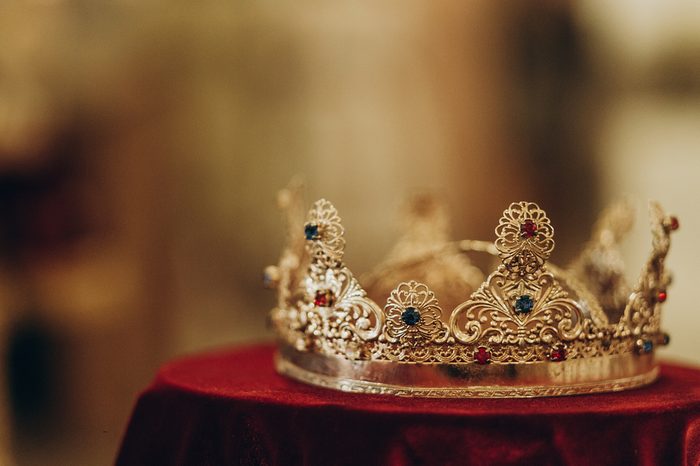
Virginia: The Old Dominion State
Like New York, Virginia has such a long history of being referred to by its nickname that it’s not completely clear how the name arose. Encyclopedia Virginia offers several compelling theories but notes the one that’s probably most accurate is that Virginia was the first and therefore the oldest of overseas dominions of the rulers of England. The nickname has been in use since the early 1600s, when the Latin phrase, “En Dat Virginia Quintam” (referring to Virginia being within the English Crown’s domain) appeared on the colony’s seal.
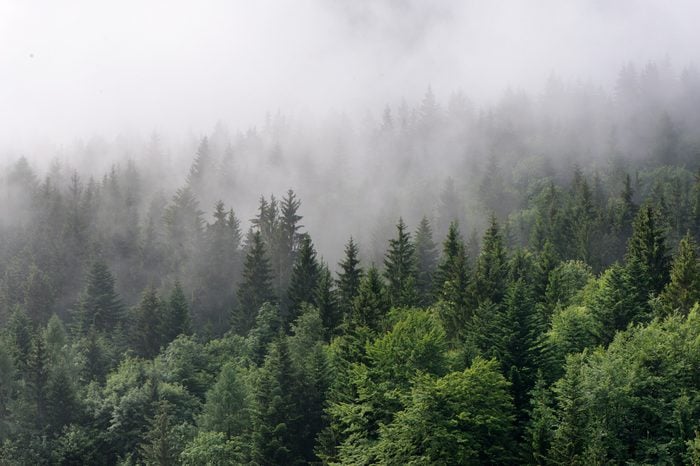
Washington: The Evergreen State
Washington, the only state named for a U.S. president, was given this nickname by C.T. Conover, pioneer Seattle realtor and historian, “for its abundant evergreen forests,” according to the state government. The nickname has yet to be officially adopted. Read on for the most iconic movie set in every state.
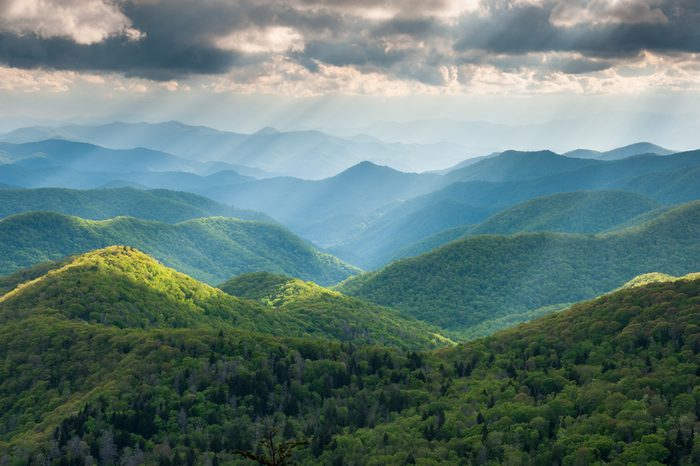
West Virginia: The Mountain State
West Virginia’s nickname, “The Mountain State” refers to the Appalachian Mountains, which extend throughout the eastern portion of the state. Its motto, “Montani Semper Liberi,” means “Mountaineers Are Always Free.” Find out about the 12 states that were almost part of the United States.
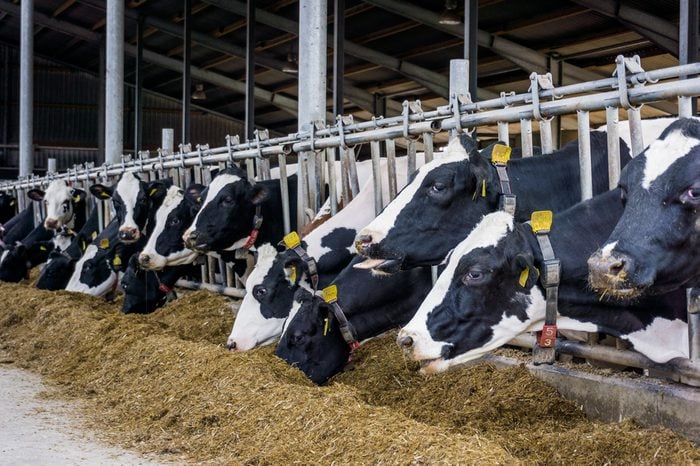
Wisconsin: America’s Dairyland or The Badger State
Although Wisconsin has long been known as “The Badger State” (after the animal), a Senate bill to make the name official failed to pass in 1996. Perhaps this is because there are many who think of Wisconsin as “America’s Dairyland,” the name that the Wisconsin Dairy Farmers prefer. If you’re ever in Wisconsin in early August, be sure to stop by the State Fair for some authentic Wisconsin Dairyland Cream Puffs. Here are all the best state fairs in the United States.
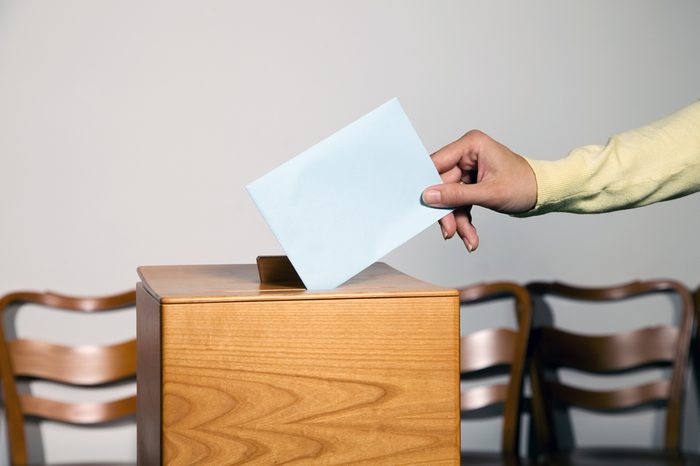
Wyoming: The Equality State
Wyoming has several state nicknames, according to its state government: “Big Wyoming,” “The Cowboy State,” and “The Equality State.” The first two are self-explanatory. The third is because Wyoming women were the first women in this United States to have the right to vote, serve on juries, and hold public office. Next, learn the 18 history facts your teacher lied to you about.
